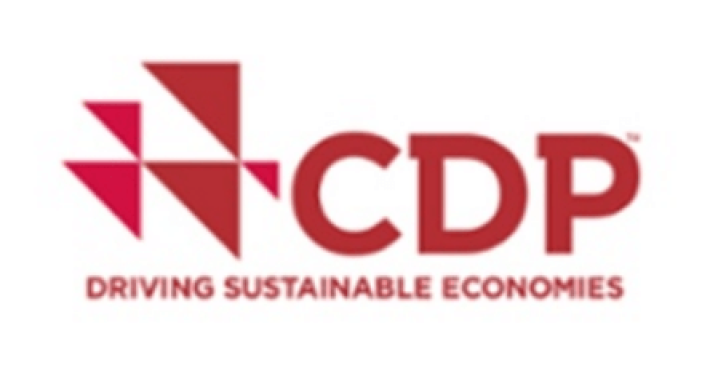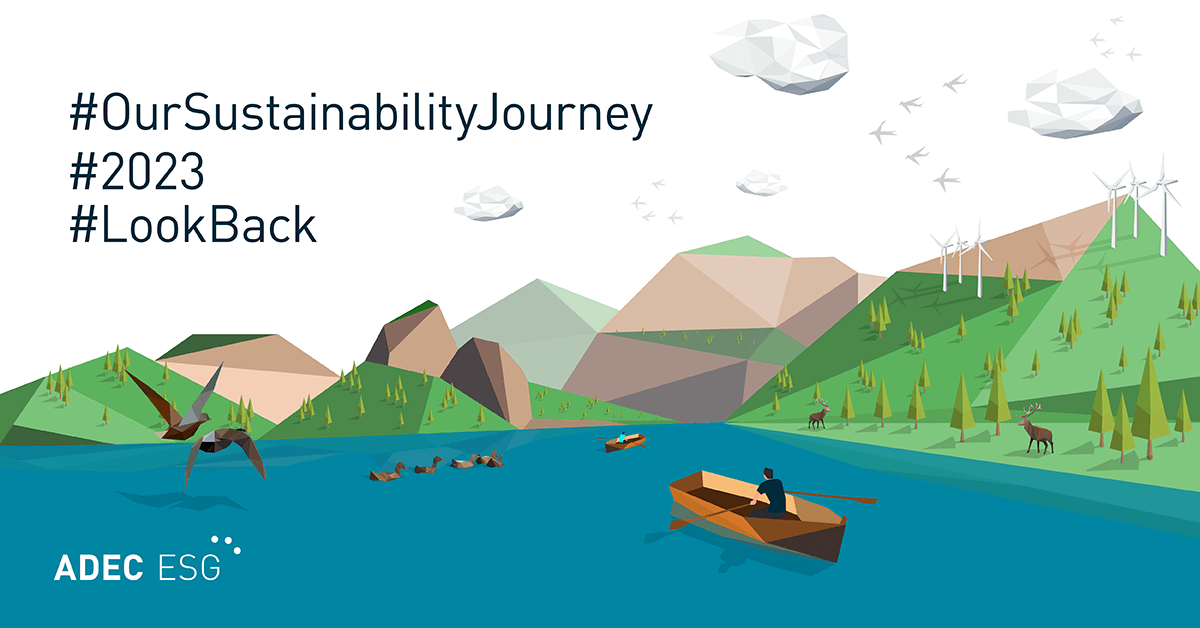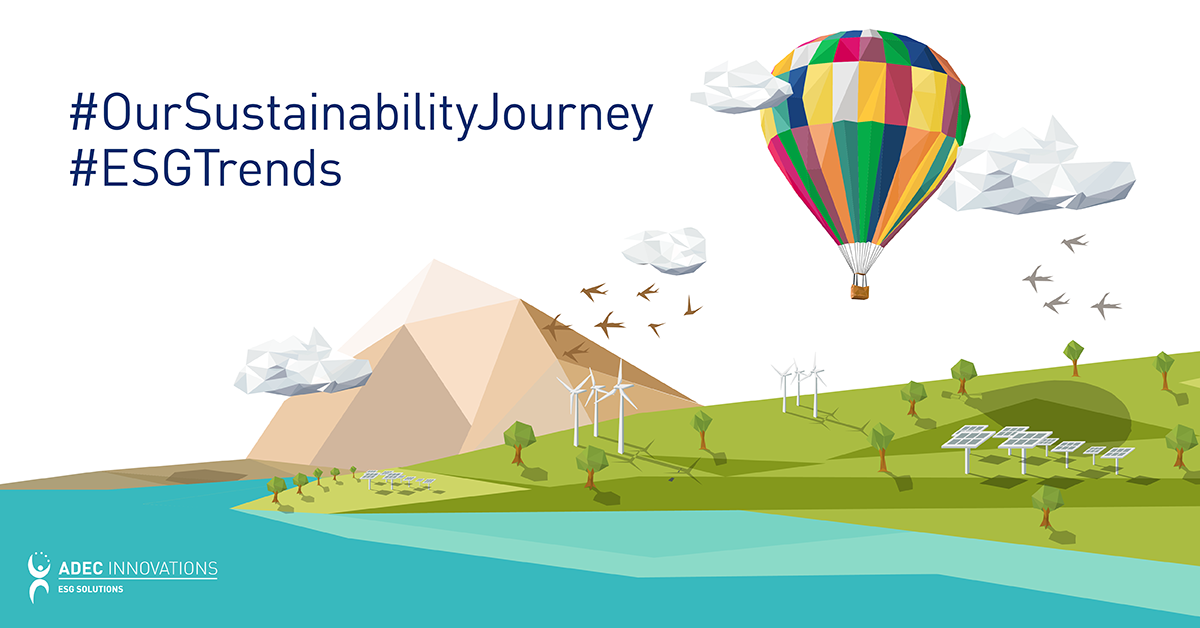Experts agree environmental risks are one of the underlying causes of operational issues that negatively impact companies. Disclosing environmental data is an important aspect of corporate transparency valued by stakeholders. In 2014, over 5,000 companies from more than 80 countries chose to report, manage and share vital environmental information through CDP. Why? Because it demonstrates to investors, supply chains and governments that you are managing risks and capitalizing on opportunities, in addition to reducing the impact your operations have on the resources you rely on—all of which attract investors and customers, and strengthen your brand.
 CDP rankings measure transparency through the Disclosure Score and action to prevent climate change through the Performance Band. The Disclosure Score and Performance Band enable you to properly assess your efforts, and give investors and other stakeholders the information they need to ensure the data they are reviewing and evaluating is precise. The Disclosure Score and Performance Band also help instruct you in the pursuit of sustainable practices that best fit your Organization.
CDP rankings measure transparency through the Disclosure Score and action to prevent climate change through the Performance Band. The Disclosure Score and Performance Band enable you to properly assess your efforts, and give investors and other stakeholders the information they need to ensure the data they are reviewing and evaluating is precise. The Disclosure Score and Performance Band also help instruct you in the pursuit of sustainable practices that best fit your Organization.
An organization’s Disclosure Score depends on its response to the CDP survey form. Scores are determined by the level of transparency in which the organization answers the questions, with 1 considered the lowest disclosure score and 100 the highest. The Performance Band measures the actions an organization has taken to increase efficiency and reduce its contribution to climate change, with A being the highest score and E the lowest. With an increased number of investors, clients, stakeholders and the public holding organizations responsible for their impact on climate change, many companies strive for a perfect combined score of ‘100A’ (Disclosure Score of 100 and Performance Band A).
Achieving 100A is possible if you plan ahead, master your risks, explore opportunities, and track and manage your emissions. When it comes to managing emissions, one achievement shared by the companies that have reached 100A is that they have all tackled Scope 3 emissions—indirect emissions from purchased materials or outsourced activities. Scope 3 are some of the hardest emissions to quantify since they are outside your immediate control. Most leading organizations have mastered the Scope 1 (direct emissions) and Scope 2 (indirect emissions from consumption) elements of the CDP questionnaire. If your organization is targeting a score of 100A, you must also successfully disclose Scope 3 emissions.
Reporting Scope 3 emissions normally requires organizations to survey their entire supply chain – and the supply chains of their suppliers; an administratively complex, expensive and methodologically problematic approach for many organizations. With 15 different categories for emissions that occur both upstream and downstream, conducting a Scope 3 footprint can seem daunting. For a definitive list of Scope 3 emissions categories, see the GHG Protocol: Corporate Value Chain (Scope 3) Accounting and Reporting Standard.
Quantifying carbon emissions is only the first step. A bigger question is how to then use the data and interpret what it tells you about your supply chain risks or the current performance of your products.
While CDP places high importance on an organization’s management of Scope 3 emissions, it does not currently require companies to have their data verified by a third party. However, it is highly encouraged, to keep the process of scoring a company’s carbon performance reliable and accurate. Verification should be carried out by a third party organization that is accredited and competent to perform greenhouse gas (GHG) emissions verification. The organization must be independent from the company that hired it.
Having a trusted and reliable partner is extremely valuable. A third party with industry expertise in sustainability will assist in planning ahead. Knowing how to mitigate risks and capitalize on opportunities requires accurate and reliable data, as well as expertise on how to interpret and act on that data. Achieving emissions reductions requires verification from a recognized organization with the proper accreditations. Better climate management means better performance, and leads to cost savings, business innovation, improved efficiency, lower emissions and, as a result, better relationships with customers, investors and other stakeholders.
FirstCarbon Solutions (FCS) has scored 11,000+ CDP responses since 2011* and is an expert in both the scoring methodology and in building streamlined corporate sustainability systems using state-of-the-art software and business process outsourcing (BPO) services. FCS offers services to help your organization improve your performance, recognizing the challenges specifically associated with collecting Scope 3 emissions data, and works with you to implement software and services that help you gather and calculate data accurately and efficiently. To learn more about how you can get started on your Road to 100A, listen to our webinar: Your Road to 100A.
*In accordance with CDP’s conflict of interest policy, FCS does not provide scoring services for any of our CDP consulting clients.






